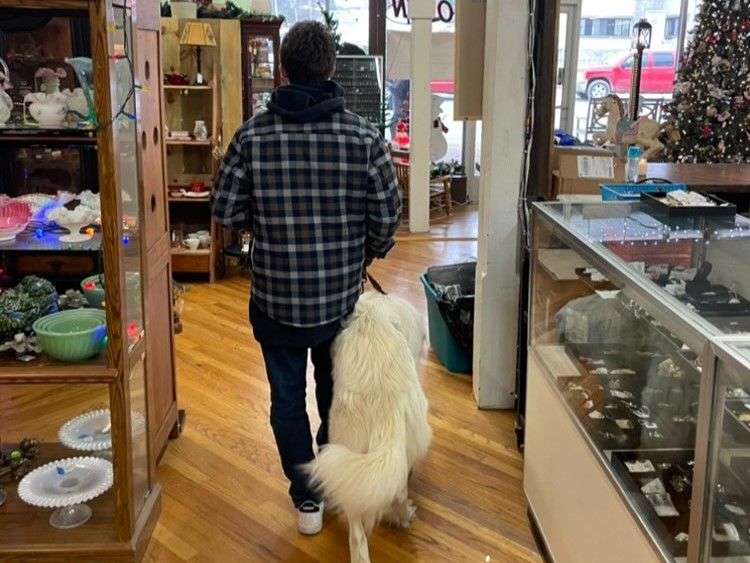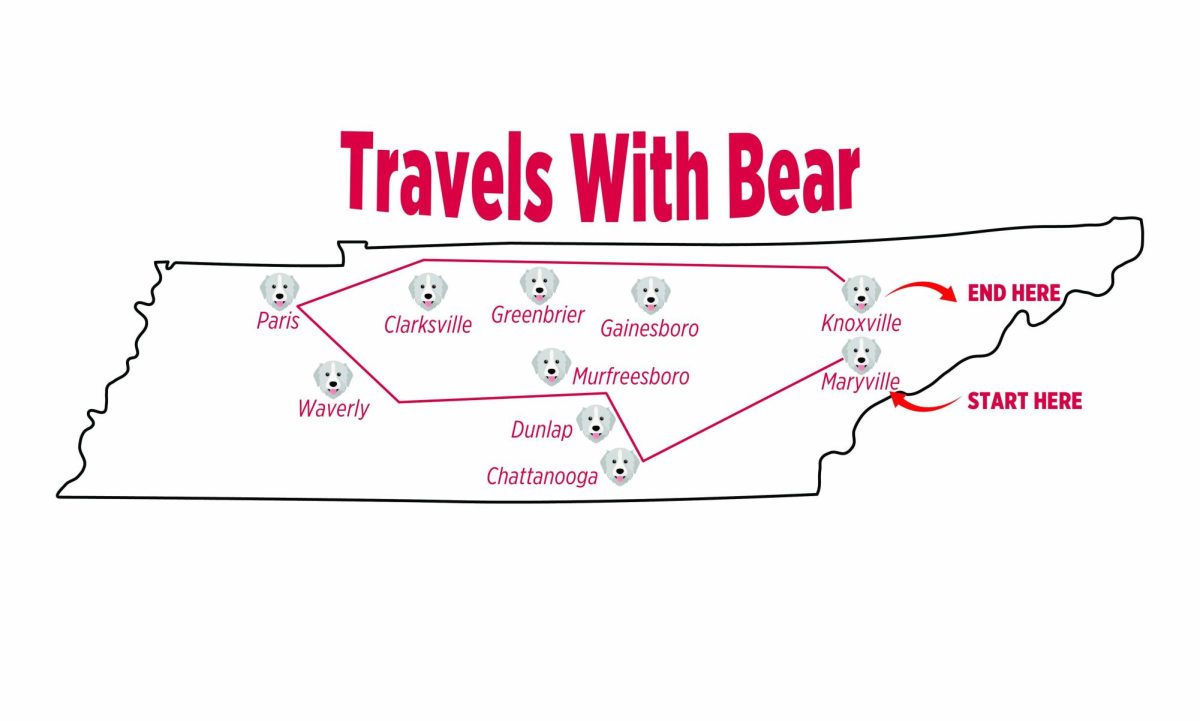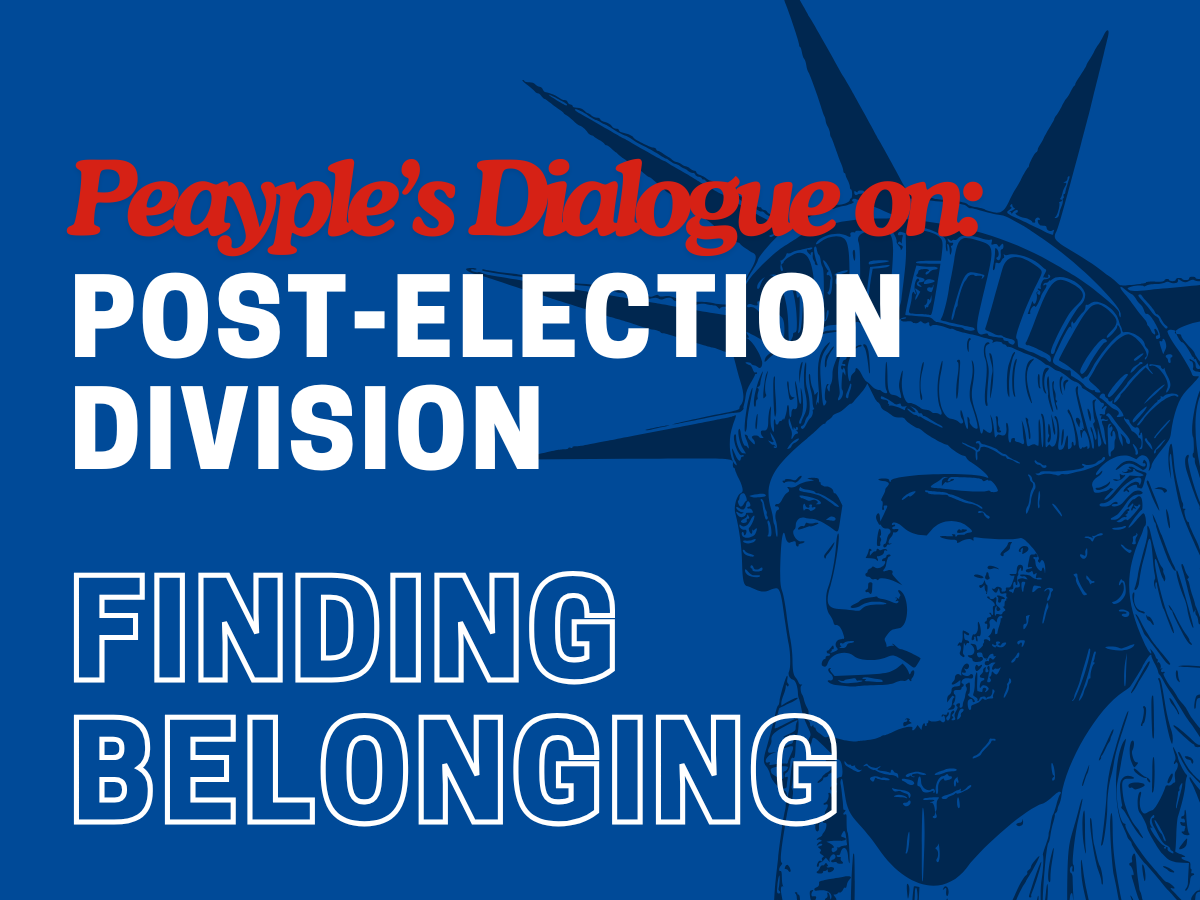Every year, families, friends, and loved ones meet up to enjoy each other’s company and reflect on what they’re thankful for; until midnight at least. The second the clock hits midnight, a long-held celebration of deals starts Black Friday.
Initially, having only been offered in the United States, Black Friday soon garnered popularity, spreading to nearly 20 other countries; including the United Kingdom, Mexico, and Canada. What is Black Friday though, and how did it come to be?
The term “Black Friday” wasn’t ever related to shopping, at least not at first. Black Friday was a term coined back in 1869 after the crash of the gold market. A crash caused by two men buying up the entirety of the nation’s gold with hopes to resell at exceptionally high prices.
So, how did Black Friday become related to shopping? A famous story that’s continually repeated is that after a year of retailers operating at a loss, (in the red), stores would start to earn a profit the day after Thanksgiving, (in the black), with shoppers racing out to stores to buy gifts for the holidays at discounted prices. While this story does have truth, where retailers would record profits in the red or black, it is overall inaccurate.
The truth of Black Friday lies in Philadelphia in the 1950s. City officers would use the term “Black Friday” to explain huge groups of shoppers and tourists who’d flood into the city the day after Thanksgiving. Having to deal with huge crowds, extra long shifts and shoplifters, the local law enforcement coined this infamous chaos Black Friday. By 1961, the name we now know today had caught on, becoming a standard term in the ’80s when the red to black story was created.
Today, Black Friday is a term used internationally to point out insane deals on everything you want. Big or small, expensive or cheap. It’s negative connotations are a thing of the past as shoppers celebrate with full stomachs and even fuller carts.







